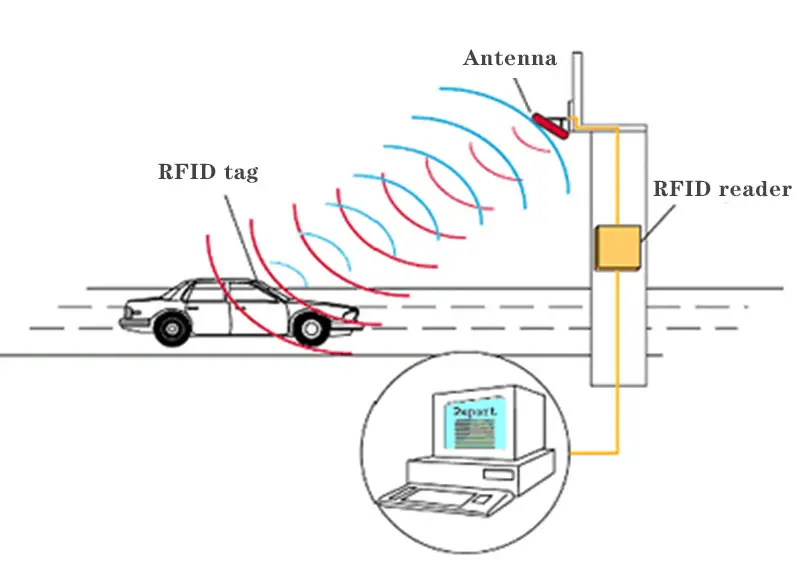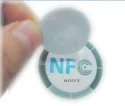2022-02-22
The concept of RFID
RFID is the abbreviation of Radio Frequency Identification. We usually call it inductive electronic chip or proximity card, proximity card, contactless card, electronic label, electronic barcode, and so on.
A complete RFID system consists of two parts: Reader and Transponder. The operating principle is that Reader transmits infinite radio energy of a specific frequency to Transponder, which is used to drive the Transponder circuit to send out the internal ID Code. At this time, Reader will receive this ID Code.
The special feature of Transponder is that it is battery-free, contact-free, and card-free, so it is not afraid of contamination, and the chip password is the only one in the world that cannot be copied, with high security and long life.
The application of RFID is very extensive. At present, typical applications include animal chips, car chip immobilizers, access control, parking lot control, production line automation, material management, etc. There are two types of RFID tags: active tags and passive tags.

What are RFID electronic tags?
The electronic tag is the RFID tag, which is a non-contact automatic identification technology. It identifies the target object and obtains relevant data through radio frequency signals. The identification work does not require manual intervention. As a wireless version of the barcode, the internal structure of the RFID electronic tag: Chip + antenna and RFID system. RFID electronic tags have the advantages of waterproof, anti-magnetic, high-temperature resistance, long service life, large reading distance, data on the tag can be encrypted, larger storage data capacity, and easy change of stored information, which are not available in barcodes.

What is RFID technology?
RFID radio frequency identification is a non-contact automatic identification technology. It automatically identifies target objects and obtains relevant data through radio frequency signals. The identification work does not require manual intervention and can work in various harsh environments. RFID technology can identify high-speed moving objects and identify multiple tags at the same time, which is fast and convenient to operate. Short-range RF products are not afraid of harsh environments such as oil stains and dust pollution and can replace barcodes in such environments, such as tracking objects on a factory assembly line. Long-distance radio frequency products are mostly used in traffic, and the identification distance can reach several tens of meters, such as automatic toll collection or vehicle identification.

What is an RFID solution?
RFID solutions are RFID application solutions formulated by RFID technology suppliers according to the characteristics of industry development, which can be formulated according to the actual requirements of different enterprises. RFID solutions can be classified by industry, logistics, anti-counterfeiting and anti-theft, identification, asset management, animal management, fast payment, and more.
The basic components of the RFID system
The most basic RFID system consists of three parts:
- Tag: It is composed of coupling elements and chips. Each tag has a unique electronic code and is attached to the object to identify the target object.
- Reader: A device that reads (and sometimes writes) tag information, and can be designed to be handheld or fixed.
- Antenna: transmits radio frequency signals between the tag and the reader.
What are the benefits of implementing an RFID smart cabinet?
Categories
Title with button
this is a new beginning
We provide all your needed for starting your own online business, and even easier. Establish an online store, Oceans of Products Supply, Integrate Logistics Solution & Comprehensive After-sale Services.




